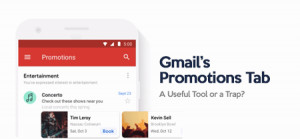Coming up with an email marketing strategy can only get you so far if you don’t measure the success of your campaigns. You need to know how many leads it reaches, who proceeds to engage with it, and whether your content resonates with them.
If your emails don’t end up in the inboxes of the right people who are guaranteed to receive value from them, adjusting your email marketing strategy is the only way to get the results you’re hoping for.
But how do you make sure you’re not spamming your email subscribers but rather baiting them to press that CTA button you’ve incorporated into your email? Enter email tracker.
Designed to help you keep track of your target audience’s behavior, it offers you useful insights into what elements of your email marketing campaign are working in your favor and which ones should be ditched altogether. With this information at hand, you’re much more likely to make smarter business decisions.
Keep on reading to find out how you can reap the benefits of using an email tracker without having to be a pro at email tracking software.
How does email tracking work
There’s no magic behind it — email tracking means that there’s an email with a pixel embedded into it that collects data including the opening rate, the number of clicks, the bounce rate, and the number of those who’ve unsubscribed among other pieces of information.
Typically installed in your browser as an extension, email trackers notify you about the updates related to the above-mentioned metrics as soon as the recipient engages with your email. This gives you a good idea about whether your email campaign is effective and what you should change in your future email marketing strategy for a more advantageous outcome.
Take a sales email as an example. If your goal is to get as many email subscribers as possible to make the purchase, chances are you’ll be calculating the return on investment (ROI) metric. In this case, an email tracker will help you figure out how many leads — if any — you were able to generate with this particular email campaign and whether the investment paid off.
The advantages of using an email tracker
You might be wondering — does it really matter if I measure my email metrics or not? As a marketer, it’s paramount that you do. Every marketing campaign should be backed by a tracking system that would help you monitor and interpret the results so that you could deliver the most value to your customers; an email tracker isn’t an exception. It’s how you keep tabs on your hottest leads and maintain mutually beneficial relationships with your existing customers.
Here are some of the benefits associated with integrating an email tracker into your operational processes:
It saves you plenty of time in the long run
Having an email tracker in place eliminates the need to double-check whether you’ve already sent an email to that prospect you were planning on luring in. It also prevents you from sending multiple emails to the same customer and seeing your churn rate go up as a result.
How come? You’re already aware of who has received your email and who hasn’t. Therefore, you don’t need to spend extra time figuring out if your email campaign has reached the right person or caused someone to hit that unsubscribe button. You’re also not wasting money on emails that don’t bring you the desired conversion rate and ROI.
It helps with evaluating your marketing strategies
Sometimes you just don’t know if your next marketing campaign will be successful. You can bring in the best marketers in the industry and not encounter much difference in the quality of the leads you attract. This is where an email tracker comes in handy. It’s one of the more affordable methods of gauging if your emails are getting the traction you need to achieve the results you’re banking on.
With an email tracker installed, you are free to check your open rates, click-through rates, and bounce rates along with other metrics so that you could adjust your marketing strategy accordingly. You could then shift your efforts towards the customers who engage with your emails the most while warming up the leads that are yet to crack under the influence of your campaigns.
It gives you a better understanding of your audience
There’s arguably nothing that would give you better insights into the behavior of customers who end up bouncing off than an email tracking tool. Apart from giving you enough information on what email gets opened more times and what your customers tend to interact with the most, it lets you in on how quickly your leads are converting and what can be done to catch the attention of those who aren’t as interested in purchasing from you yet.
It also provides you with valuable statistics about the content you’re using in your emails. You might be thinking that the graphs, photos, and videos you’re sending out are performing well, but in reality, they’re the reason why your readership is going down. Even if it seems to be useful to your marketing team, there’s a good chance that your audience will differ. And since you’re catering to your readers, it makes sense to adjust the formatting style and include content that would resonate.
It offers the opportunity to adjust the logistics of sending out emails
Sending emails at the right time and the right day of the week might be the next most important factor of a successful email marketing campaign after the actual content of the email. And while 10 AM, 1 PM, and 6 PM tend to see the highest click-to-open ratios, the best timing will vary from company to company. If your customers are spread across the globe, you’ll likely have to create separate schedules for different time zones.
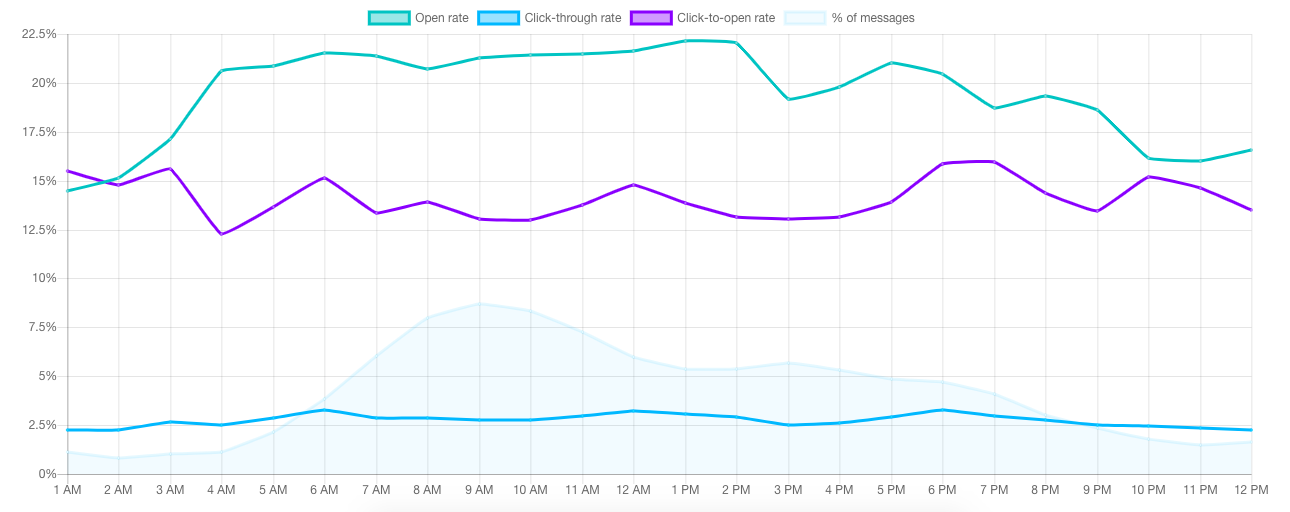
Throw an email tracker into the mix and there’s nothing that could stop your subscribers from opening your email the minute they receive it. This awareness of when your prospects are checking their inboxes the most acts as a guiding tool for adjusting your emailing schedule and having your emails read before the reader’s attention span is lost.
It allows you to send more effective follow-up emails
There’s no point in following up with someone who isn’t interested in doing business with you. In fact, it can hurt your company if you try to follow up too quickly; you’ll end up losing the lead for good. With an email tracking system set up, you won’t need to be guessing whether it’s appropriate to send a follow-up or not — the data on your prospect’s behavior will be right at your fingertips.
Then, it will only be a matter of catering these follow-ups to leads that have the potential to convert. Was your email opened multiple times in one day by the same person? Consider sending another one soon after so that you stay on top of his mind. Did your prospect engage with the media embedded into the email? A good move would be to prompt him to make the purchase the next time you follow up with him.
Email tracking software to use
The abundance of email tracking software on the market can make it overwhelming to find the right one. Some are better suited for smaller companies with modest budgets while others with more premium features help collect even more information on your clientele. There are also a few in between.
#1 Mailtrack
This Google Chrome extension is a great budget email tracker that does the job of notifying you about the emails that get opened by your email subscribers. You’ll see the green checkmark next to the ones that were opened and, if it was accessed twice, a second green checkmark will appear right next to the first one.
The dashboard is as user-friendly as it gets and the number of emails you can track is infinite. You can also enable desktop notifications for the alerts to reach you quickly and, if feeling like monitoring more metrics, purchase the paid plan.
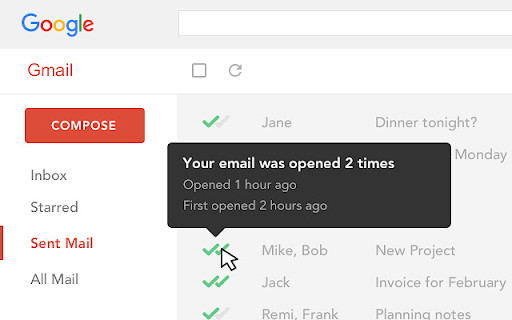
#2 Orangedox
To get more out of your email campaigns, give Orangedox a try. It takes monitoring your readers’ interactions with emails to the next level by displaying whether they have clicked the links you’ve included in your emails and opened the attachments embedded into these campaigns.
The tool also shows how much your target audience has interacted with your emails, i.e. what they read through and what was left untouched. This will help you tweak the content you’re sending out if it fails to catch and hold the attention of your leads.
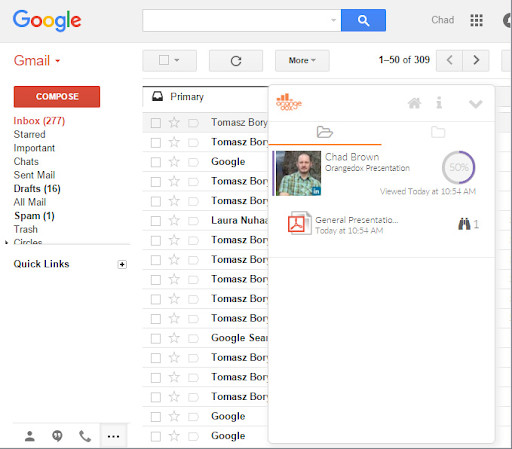
#3 HubSpot
Apart from being a sales tool, HubSpot serves as an email tracking software that allows you to upload the information you gather onto the CRM activity stream of every email subscriber. This information includes the time when the lead opens the email, clicks the embedded CTA link, and downloads the attachment if there is one. The CRM platform takes it one step further and offers you data on the website page views too.
If you don’t feel like checking the software over and over again and would rather receive your notifications on the desktop, HubSpot gives you a free pass to do so. Compatible with Outlook, Gmail, and Office 365, it helps you keep tabs on the behavior of your email recipients without you having to put in too much effort.
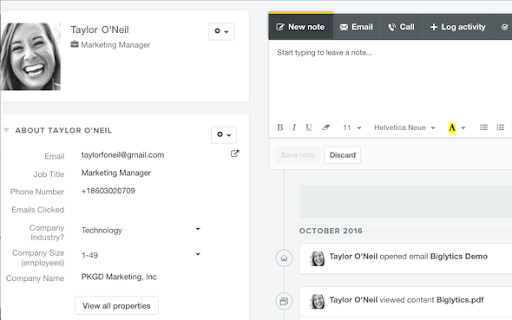
#4 Streak
For a Gmail-based email tracker that has an easy-to-use interface and doesn’t cost you a thing, go for Streak. You don’t even need to leave your inbox to find out whether a lead has engaged with your email — the sidebar displayed on the right will provide you with enough data to know if it’s too soon to be sending a follow-up or if it’s the perfect time for the quick reminder.
The add-on lets you classify your emails by recent views and separate the emails that weren’t replied to yet. You can also switch on notifications so that you’re always up-to-date with the latest data on your prospects’ behavior and see where they are geographically when they click on your email.
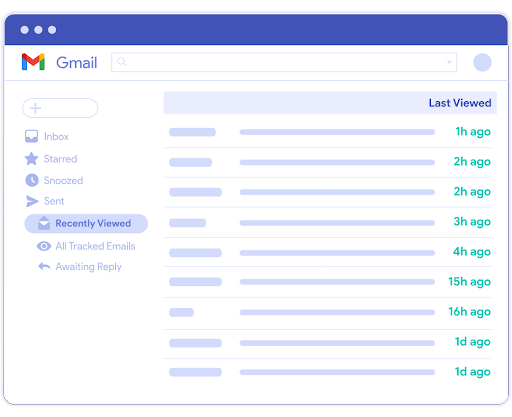
#5 Mailalert
Want to know when your emails are getting opened without having any branding attached to them? Look no further than Mailalert. Operating as a Google Chrome extension, this email tracker is completely free while also being secure, simple to navigate, and compatible with the G suite, too. Besides, there are real-time notifications you can set up to receive updates about opened emails straight to your Gmail.
If no logos and sign-ups sound convenient to you, Mailalert might just be the service to check out.
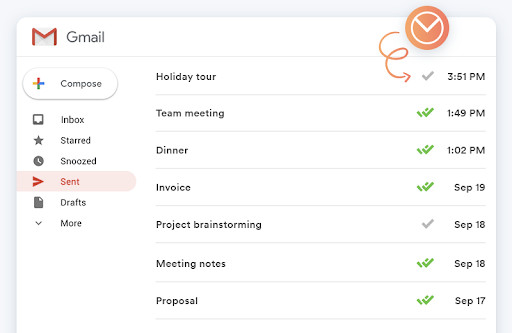
#6 Snov.io
If simple link click tracking and email opens aren’t enough, you might want to look into employing a tool like Snov.io that has email scheduling, reports, and follow-up reminders on top of that. Not only is there a free plan but this email tracker can also be easily integrated into Gmail in your Google Chrome browser so that you could receive notifications in real-time.
The goal is to give you all the information you need to nurture and convert your leads for the best email marketing campaign results. The disabling of the monitoring of certain email addresses and the absence of signatures and logos associated with the email tracker extension helps with that.
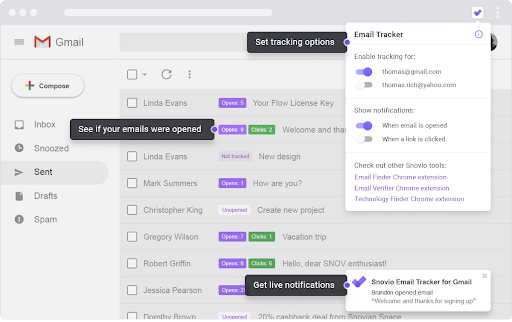
How to use email tracking to advance your business
Now that you have your email tracker installed, you need to start thinking about how you can use it to your advantage. What emails should you send for them to get opened in time? How do you follow up so that the leads convert? Is there a way to ensure that your email marketing campaign has good earning potential?
Cater your email content to the customer you’re targeting
With personalization taking the center stage not only in CX but also across other areas of business, it’s only normal that your customers will expect to receive relevant emails only. Leverage the data you have about your prospects and send them emails that would facilitate engagement. No one likes to have a cluttered inbox, let alone if it’s filled with emails from the same company.
Provide context when needed
When using an email tracker, it’s easier to know when and what to send to your leads so that your follow-up email looks and sounds persuasive. Take notes of them clicking on the CTAs embedded into the email and send them additional information about the content they’ve engaged with for the desired results.
Measure KPIs
It might be tempting to just leave your email campaign as it is and hope for the email tracker to work its magic. But this is counterproductive — if you don’t assess the metrics and tweak your marketing strategy to get the most out of your campaign, what’s the point of going to these lengths and setting up an email tracking tool? Calculating your bounce rate, for instance, will tell you a lot about whether the prospects you’re emailing are genuinely interested in your offer.
Unleash your potential with an email tracker
Here’s the takeaway — to ensure the ultimate effectiveness of your email marketing campaigns, try out an email tracker that won’t break the bank. It can be the free one or the one that has a couple of more features that will help you reach your conversion goals faster. The key is to A/B test the strategies, monitor the metrics, and adjust your email campaigns to appeal to even the pickiest customers.



